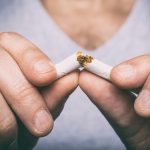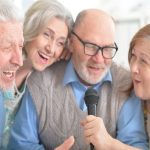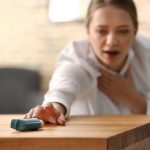
College students who routinely cram at the last minute may not only see their grades suffer, but their health, too, a new study suggests. Researchers found that of more than 3,500 college students they followed, those who scored high on a procrastination scale were more likely to report certain health issues nine months later. The list included body aches, poor sleep, and depression and anxiety symptoms. Experts said the findings do not prove that procrastination, per se, directly caused those problems — by, for example, delaying a medical visit and allowing a niggling health issue to worsen. But they do reinforce the fact that procrastination, when chronic, is a red flag. “Everyone procrastinates, but not everyone is a procrastinator,” said Joseph Ferrari, a psychology professor at DePaul University in Chicago, who has been studying the subject since the 1980s. Dragging your feet on doing your taxes, or something equally unpleasant, is normal. Chronic procrastination is different, and it’s not just a benign personality quirk, said Ferrari, who was not involved in the new study. When procrastination is a way of life — rearing its head at work, home and in relationships — that’s a problem, Ferrari said. It’s also common: In his own research, Ferrari has found that about 20% of adults qualify as chronic procrastinators — making it more prevalent than mental health disorders… read on > read on >



























-300x200.jpg)










